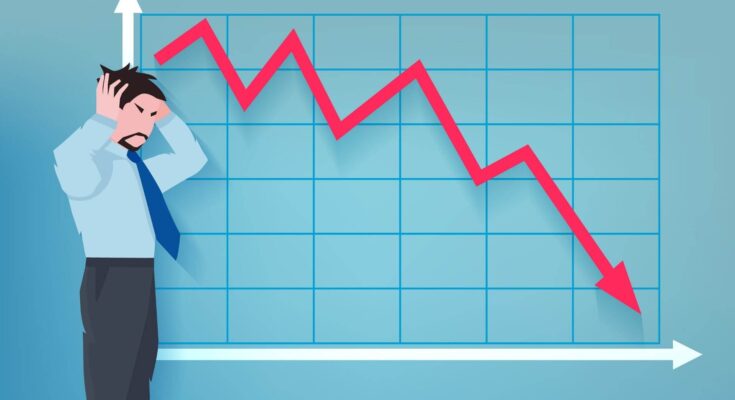The stock market is where one can buy and sell shares and stocks of any listed company or organization, and they must know that share signifies part ownership of a company. Above all, stock e is likely to be an entire collection of its shares. Therefore, when one tends to buy shares of a company listed in the stock market, they can surely make profits when the stocks perform well and vice versa. The best of all is that you can sell them at any point.
Stock Market crashes tend to symbolize times of wealth destruction and pain to investors as these crashes also represent times of opportunity and resilience for few. When a market index faces a rapid and unanticipated severe drop in a day or a few days of trading, a stock market crash tends to happen.
The beginning of the stock market:
The two of the stock markets in India where the country’s most trading takes place are National Stock Exchange (NSE) and Bombay Stock Exchange (BSE). In 1875 the BSE was established and was India’s oldest stock exchange, and in 1994, NSE initiated trading. But in terms of volume, it is the largest stock market in the country.
What should one know about the stock market crashes?
A few stock market crashes have affected the shareholders financially in the long history of Indian stock trading. Therefore, if one wants to invest in shares, it is essential to know the reasons for previous crashes in India’s stock market. It is vital because this would help one get an idea about factors that might affect the market.
What are the significant effects of the stock market crash?
The market becomes a bear market when the stock market bubble bursts, and during this time, the investors sell off stocks, and there is a 20% or higher decline in the stock market value without any improvement. The growth of affected companies slows down as the significant drops in stock prices can lead to insolvency and recession. These organizations tend to stop generating enough revenues, leading to employee layoffs. One can also suffer losses if the stock market condition fails to improve quickly.
What can one do after the market crash?
The first thing to do is check one’s stocks after a market crash and check which shares have been most affected. Additionally, one needs to recheck if their portfolio includes more high-risk stocks or safe ones, and once they know their investment portfolio exposure, they can indeed relocate their money.
Some of the most significant market scams:
The Harshad Mehta scam- Harshad Mehta was known as Big bull and was the eponym to his fraud as the year 1992 was known as the most significant fall in Indian history regarding percentage due to the Harshad Mehta scam. Investors need to know that during that year, BSE had mainly experienced a leap of 12.77 percent. If one doesn’t know, then one must understand that Harshad Mehta was known for manipulating the stock markets and the securities scam, and he has several charges against him.
The market crash of 2004- in 2004, the Indian stock market as BSE fell by 842 points, and it was one of the worst stock market collapse in Indian history. Due to a foreign institutional investor UBS, which was one of the largest sellers of shares in 2004, it was the main reason for the crash during the year.
The market crash of 2007- one of the worst financial stock market hits in Indian history, was in 2007 and 2008, and even though the initial slump started off from April 2, its effect had continued till early 2009 but soon after which the market regained its form, and things were on track.
The impact of the market crash of 2015 and 2016 was also a massive bolt to the Indian economy as it appeared during the significant growth phase of the Indian economy. When the BSE Sensex crashed by 1,624 points, and the NSE registered a slump of over 490 points, the ideal jolt came on August 24, 2015, and the experts mainly offered the reason: a slowdown in Chinese markets, and of course, poor first-quarter results by Indian companies also caused a lot of loss.
The market crash of the 2020- COVID-19 panic was the main reason why companies globally faced a plethora of issues. The markets fell by a record of 13.15%, and it was one of the most significant falls in Indian market history. From the last three years, the markets had reached depths wiping out earnings as of April 2020.
There was a plethora of occasions when the equity indices went for a toss even though the Indian Best share market app continue to grow at a rapid pace as the stock market has seen a constant tug of war between the bears and the bulls. The change of ruling parties, actions were taken by the government (demonetization), the ripple effect of international market crashes are some of the primary reasons why the Indian stock market has crashed multiple times.
2008 market scam- after the Great Depression, the 2008 financial crisis was known as the biggest disaster, and it was mainly created due to some bubble created by the housing market in America. However, the effects were also seen in India as Indian markets fell by over 50% from their all-time high.




